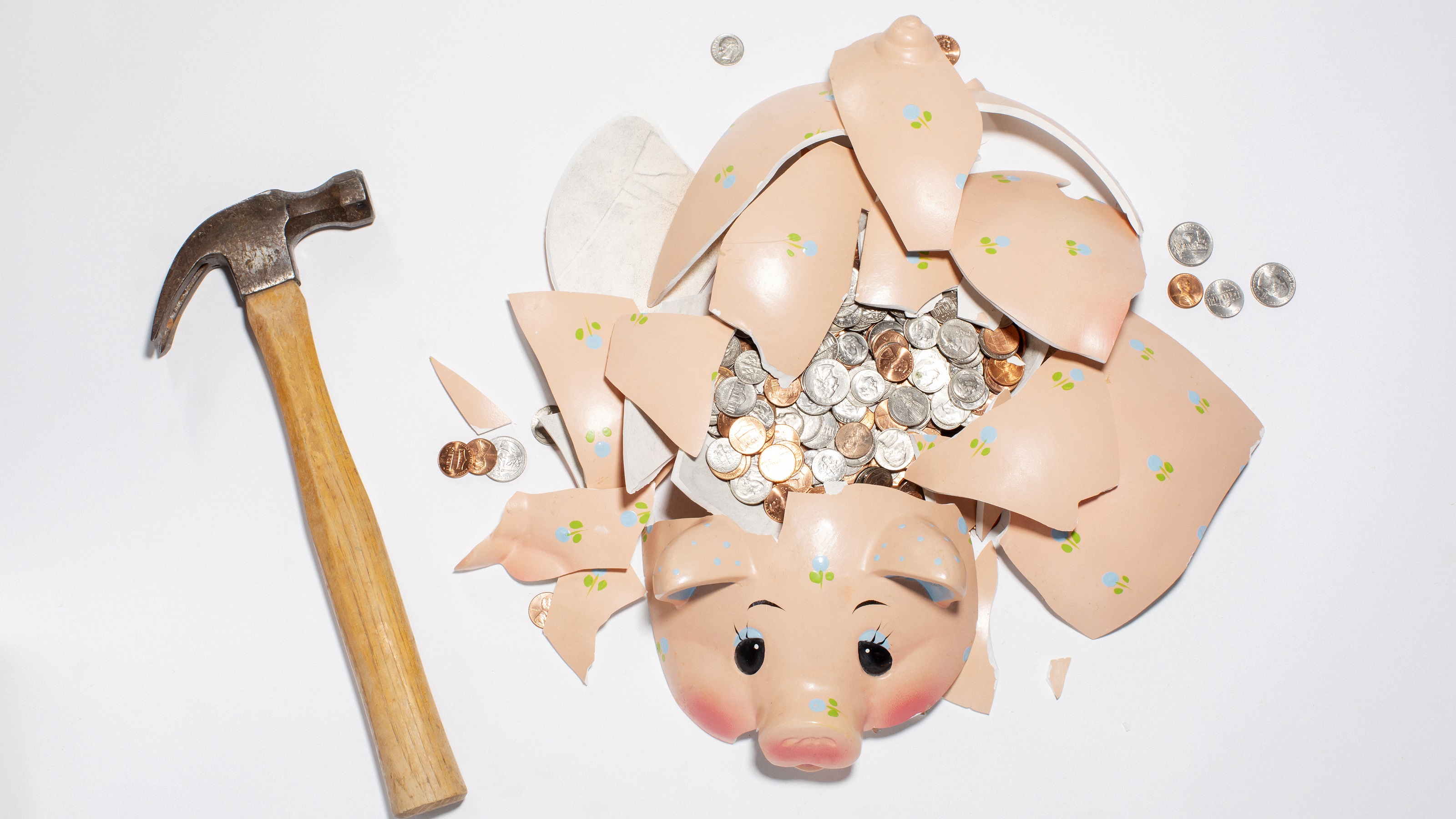You're Stuck Taking RMDs: Now What?
When you've got to take required minimum distributions (RMDs) make some lemonade. Here are our top ideas for using the extra cash to enrich your life — or that of others.


There’s a reason savers are often encouraged to either stow money for retirement in a Roth account from the start or do Roth conversions ahead of retirement. Roth accounts do not force savers to take required minimum distributions (RMDs), which can be problematic in several regards.
RMDs effectively force you to spend down your savings in your lifetime to a large degree. The reason for this is that lawmakers do not want tax-advantaged retirement accounts like IRAs and 401(k)s to become wealth-transfer tools utilized primarily by the rich. Instead, the IRS is willing to allow savers to contribute thousands of tax-free dollars each year to these accounts for the promise that that money will eventually be spent in retirement.
But it’s not just that RMDs limit the extent to which you get to enjoy tax-advantaged growth in retirement. They also create a tax liability. Plus, they can have other consequences, like pushing higher earners into income brackets that result in Medicare surcharges.

Sign up for Kiplinger’s Free E-Newsletters
Profit and prosper with the best of expert advice on investing, taxes, retirement, personal finance and more - straight to your e-mail.
Profit and prosper with the best of expert advice - straight to your e-mail.
For this reason, many savers try to avoid RMDs. But not everyone can.
If you were a high earner for most of your career, you may not have had an opportunity to do a Roth conversion before retirement. So, if you’re stuck taking RMDs, you might as well make the most of that money. Here’s how.
If you're stuck taking RMDs, then use QCDs to soften the tax blow
Qualified charitable distributions (QCDs) are a great way to reduce the tax liabilities associated with RMDs. To make one, choose a registered charity that's meaningful to you and confirm that they're able to receive QCDs. From there, it's a matter of filling out the right forms within your retirement plan to arrange for the direct transfer of funds.
If you're on the hook for very large RMDs, though, QCDs may not totally solve your problem. They max out at $108,000 this year for singles and $216,000 for married couples filing jointly.
Reinvest RMDs for a tax-efficient legacy
RMDs force you to remove funds from a tax-advantaged retirement plan. But no one is going to force you to spend the money. Evan Potash, executive wealth management advisor at TIAA, says that if you don't need the funds, you can pay the taxes and reinvest RMDs in a taxable brokerage account.
"This is a great way for individuals to leave a tax-efficient legacy for their families," he says.
Pass RMDs on to family
It may be that you're in a better financial position than your grown children, who may be struggling to cover their expenses while grappling with childcare costs. Potash says another great way to make the most of RMDs is to gift the money to someone you care about.
"The IRS also allows you to gift $19,000 per year to anyone," he explains." This allows you to transfer your wealth to family when they may need it the most. You can also see them enjoy the gift while you’re alive."
Travel as a family

You may have ample room in your retirement budget for travel. But if you have funds from RMDs coming your way, Potash suggests using the money to treat your loved one to shared travel experiences. Traveling as a family allows you to make memories you’ll cherish forever, and you may find the experience more rewarding than traveling solo or with your spouse or partner.
Start a business
Many people with successful careers suffer an identity crisis in retirement. The loss of a job can translate into a loss of purpose, leaving retirees lost.
That's why starting a business can be beneficial for retirees, even if it's not a major money-maker. And Jake Falcon, CEO at Falcon Wealth Advisors, says, "For those with entrepreneurial aspirations, RMDs can be used to start a small business or invest in a passion project. This can provide a sense of purpose and potentially generate additional income, making retirement more fulfilling."
Retrofit your home to age in place

A growing number of Americans are seeking to age in place. Often, that requires home modifications to address safety and mobility issues.
Falcon says, "As retirees age, it's important to ensure their living environment is safe and comfortable. Using RMDs to retrofit their home with accessibility features, such as grab bars, ramps, and stairlifts, can improve their quality of life and allow them to age in place."
If your home is already well-suited to aging, or you’re not sure you’ll stay there forever, you can spend your RMDs on improvements that might enhance your quality of life in the near term. That could mean springing for the ultra-plush carpet you’ve always wanted or installing seasonal window treatments.
Invest in your health
Rather than bemoan upcoming RMDs, you can use them as an opportunity to improve your health, says Falcon. You’re never too old to hire a personal trainer or invest in equipment that helps you build up or maintain your strength.
Read More
Get Kiplinger Today newsletter — free
Profit and prosper with the best of Kiplinger's advice on investing, taxes, retirement, personal finance and much more. Delivered daily. Enter your email in the box and click Sign Me Up.

Maurie Backman is a freelance contributor to Kiplinger. She has over a decade of experience writing about financial topics, including retirement, investing, Social Security, and real estate. She has written for USA Today, U.S. News & World Report, and Bankrate. She studied creative writing and finance at Binghamton University and merged the two disciplines to help empower consumers to make smart financial planning decisions.
-
 Could You Retire at 59½? Five Considerations
Could You Retire at 59½? Five ConsiderationsWhile some people think they should wait until they're 65 or older to retire, retiring at 59½ could be one of the best decisions for your quality of life.
By Joe F. Schmitz Jr., CFP®, ChFC® Published
-
 Home Insurance: How to Cut Costs Without Losing Coverage
Home Insurance: How to Cut Costs Without Losing CoverageNatural disasters are causing home insurance premiums to soar, but don't risk dropping your coverage completely when there are ways to keep costs down.
By Jared Elson, Investment Adviser Published
-
 Could You Retire at 59½? Five Considerations
Could You Retire at 59½? Five ConsiderationsWhile some people think they should wait until they're 65 or older to retire, retiring at 59½ could be one of the best decisions for your quality of life.
By Joe F. Schmitz Jr., CFP®, ChFC® Published
-
 Markets Roller Coaster: Resist the Urge to Make Big Changes
Markets Roller Coaster: Resist the Urge to Make Big ChangesYou could do more harm than good if you react emotionally to volatility. Instead, consider tax-loss harvesting, Roth conversions and how to plan for next time.
By Frank J. Legan Published
-
 Tariffs Are Paused: Here's What Retirees Should Stock up on Now
Tariffs Are Paused: Here's What Retirees Should Stock up on NowThe massive China tariff is still in place, but others have been paused for 90 days. That gives retirees a window to stock up on some goods.
By Maurie Backman Published
-
 Retired and Worried About a Recession? Six Ways to Prepare
Retired and Worried About a Recession? Six Ways to PrepareRetirees can plan for a near-term recession with a range of strategies, from small investment changes to significant lifestyle hacks.
By Maurie Backman Published
-
 Going Through Probate? How to Find the Right Attorney
Going Through Probate? How to Find the Right AttorneyJust having the skills and experience to do the job isn't enough. The probate attorney you hire needs to have the right temperament for your particular case.
By John R. Silva, Esq. Published
-
 Widow's Penalty: Three Ways to Protect Your Finances
Widow's Penalty: Three Ways to Protect Your FinancesHigher Medicare premiums, smaller Social Security payments, bigger tax bills … Financial changes can hit hard when a spouse dies. How to counter the blow.
By Ashley Terrell, IAR Published
-
 Stick to the Plan: Don't Panic During Economic Uncertainty
Stick to the Plan: Don't Panic During Economic UncertaintyTake a breath and step back. Focus on a solid fiscal foundation to stabilize your investments during stock market volatility.
By Eric Lahaie, CFS®, RICP® Published
-
 How Inflation Affects Your Finances and How to Stay Ahead
How Inflation Affects Your Finances and How to Stay AheadThe cost of goods and services is certain to rise over time, making it essential to have a financial plan that will help you keep pace.
By Kyle D. Sikes Published